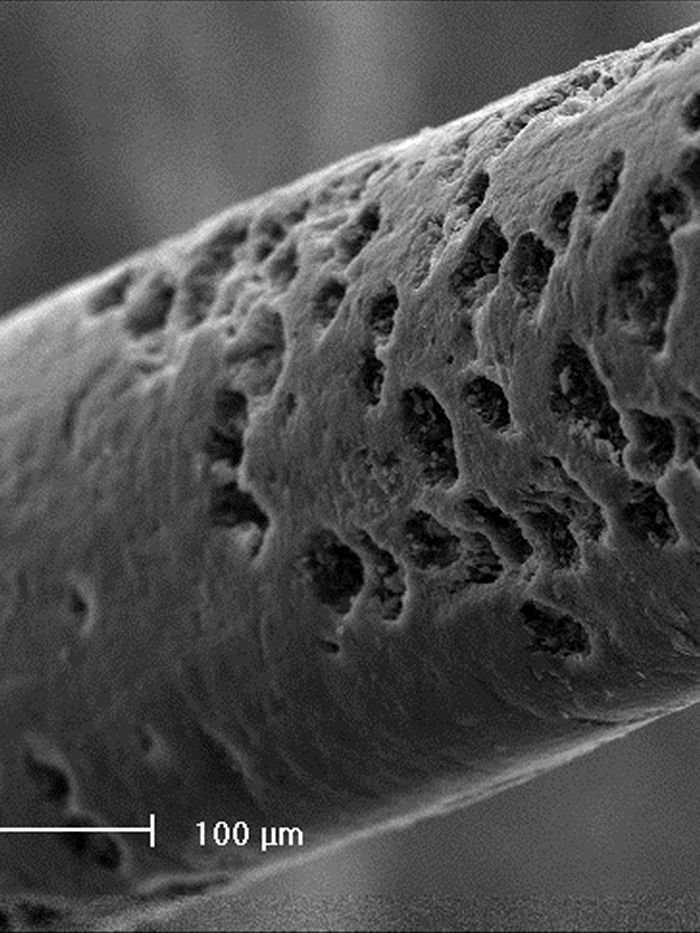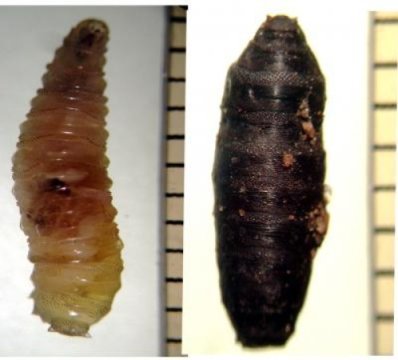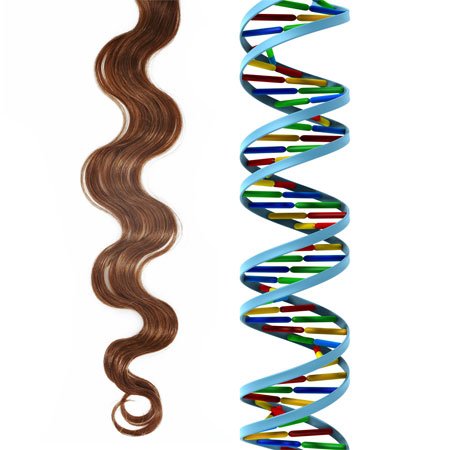Forensic experts often rely on hair samples to infer the identity of an assailant or attacker. A new study published in the reports, however, that hair samples are subjected to degradation from fungi that may severely interfere with forensic analysis or anthropological studies. At the same time, the fungi can also render valuable clues otherwise hard, if not impossible, to tell like the season during which the animal or person died and was buried.
“There’s a lot you can tell from hairs just by looking at them,” says forensic biologist Silvana Tridico, who has carried out a study of 95 samples of hair from mammals across the ages — from ancient woolly mammoths to modern humans.
 A hair peppered with damage caused by an invading fungus (Silvana Tridico: Gordon Thomson)
A hair peppered with damage caused by an invading fungus (Silvana Tridico: Gordon Thomson)
Hair is mainly comprised of the hardening protein called keratin, which allows it to be preserved despite harsh conditions like freezing, burial and mummification. Even so, hair is not free of degradation. Filamentous fungi that live mainly in soils playing a key role in digesting keratin, say the researchers.
Tridico and colleagues found fungal invasions in the hairs of ancient humans, and an extinct woolly rhino and woolly mammoth. The hair samples were found to be damaged by fungal infiltration, as revealed by scanning electron microscope analysis. Hair colour can also be misleading, says Tridico, because it can be affected by factors such as exposure to sunlight or bacterial films.
Regarding forensic science (after all, this is what itsGOV is all about), the researchers report an important insight: fungi can invade the hair of healthy living animals, and even people.
For example if the hair of a missing person is found at the house of a suspect and has a fungal invasion, it would have generally been concluded that the missing person was dead, that the suspect had moved the body after it had been buried, and a search for the grave would begin.
“In reality, the missing person might still be alive, albeit with an infection of fungus.”
The most useful process for determining whether a human or animal was dead at the time they shed their hair, says Tridico, is a phenomenon known as post-mortem banding where invading bacteria leave a dark band at the root of the hair.
“So if someone is lost in the bush and you find this post-mortem banding it’s going to be a recovery not a rescue mission,” she says.


